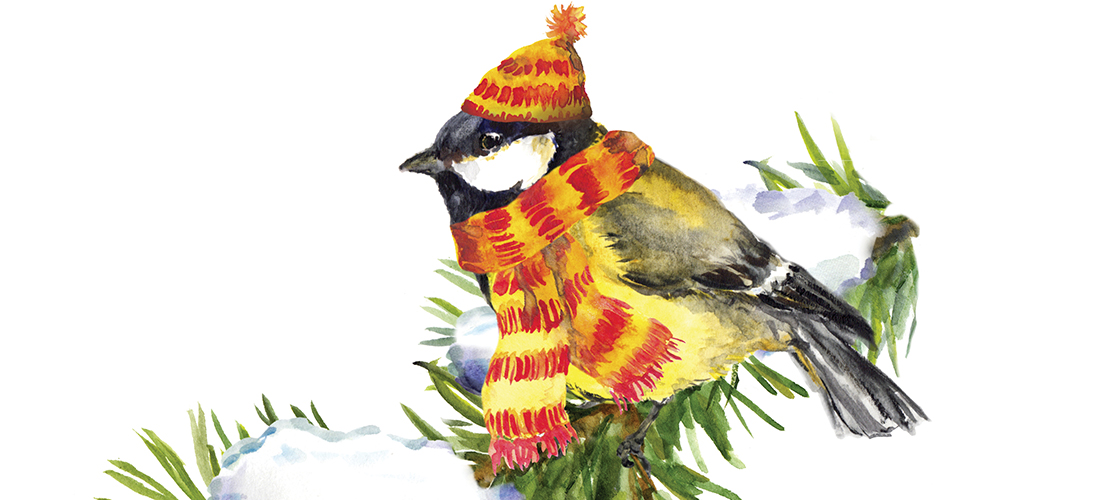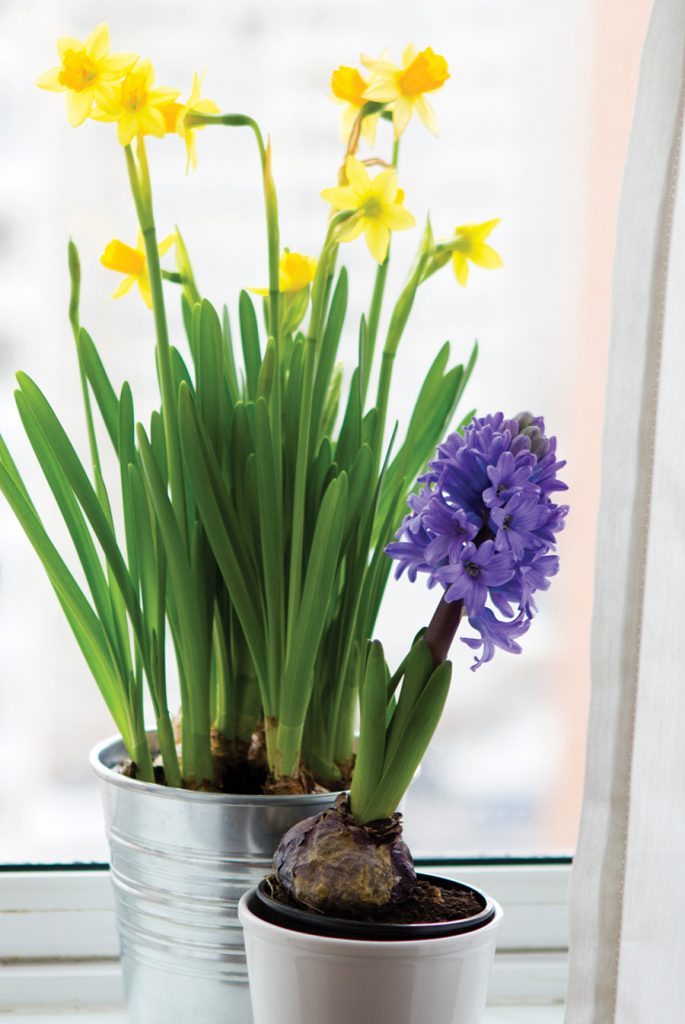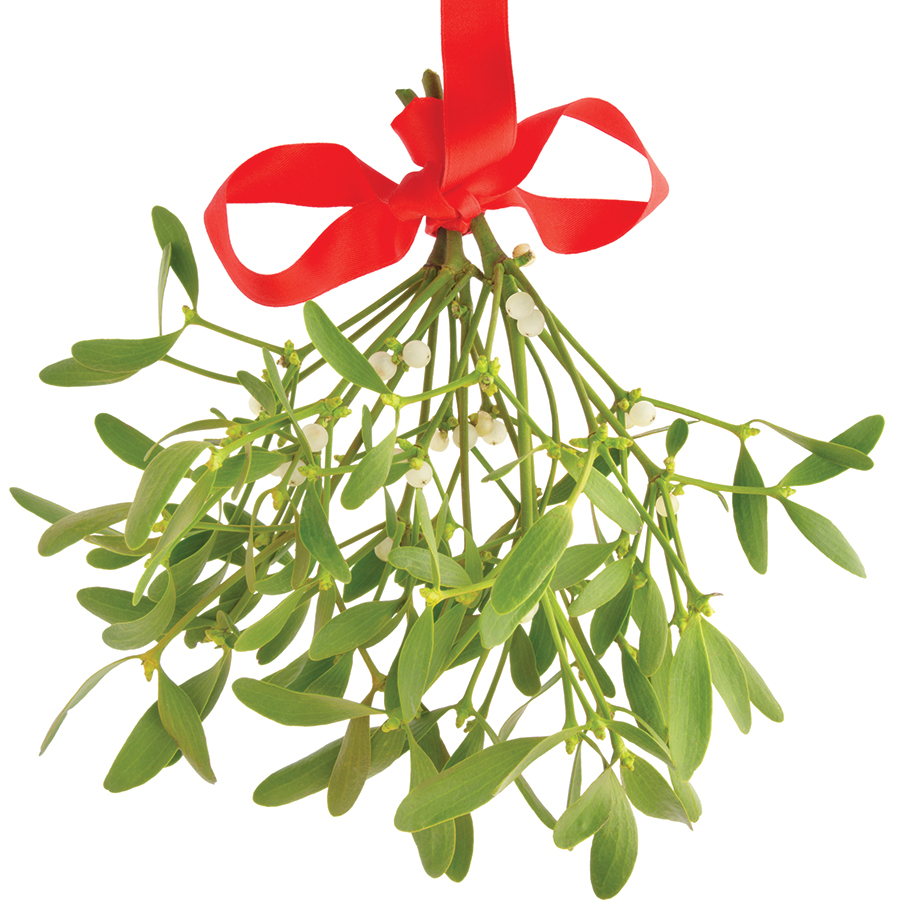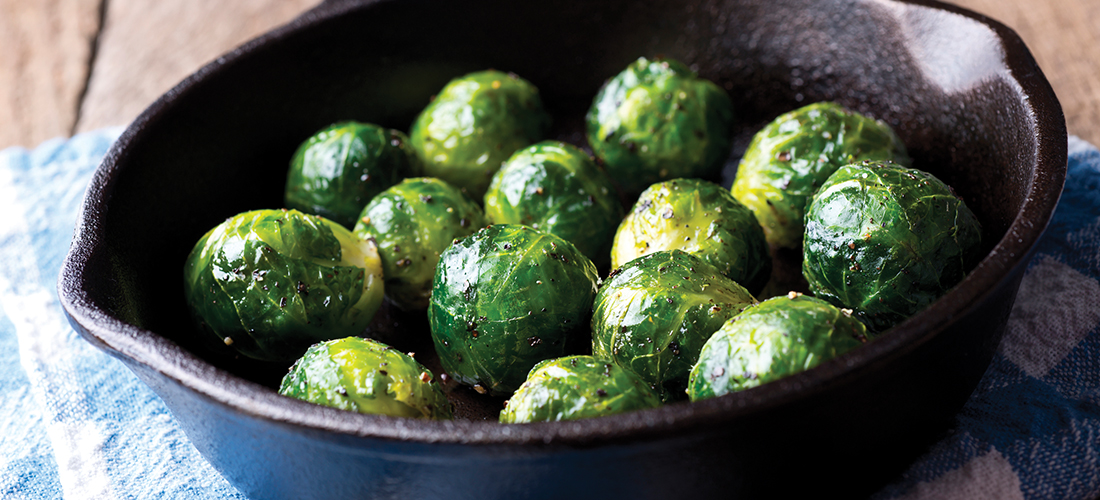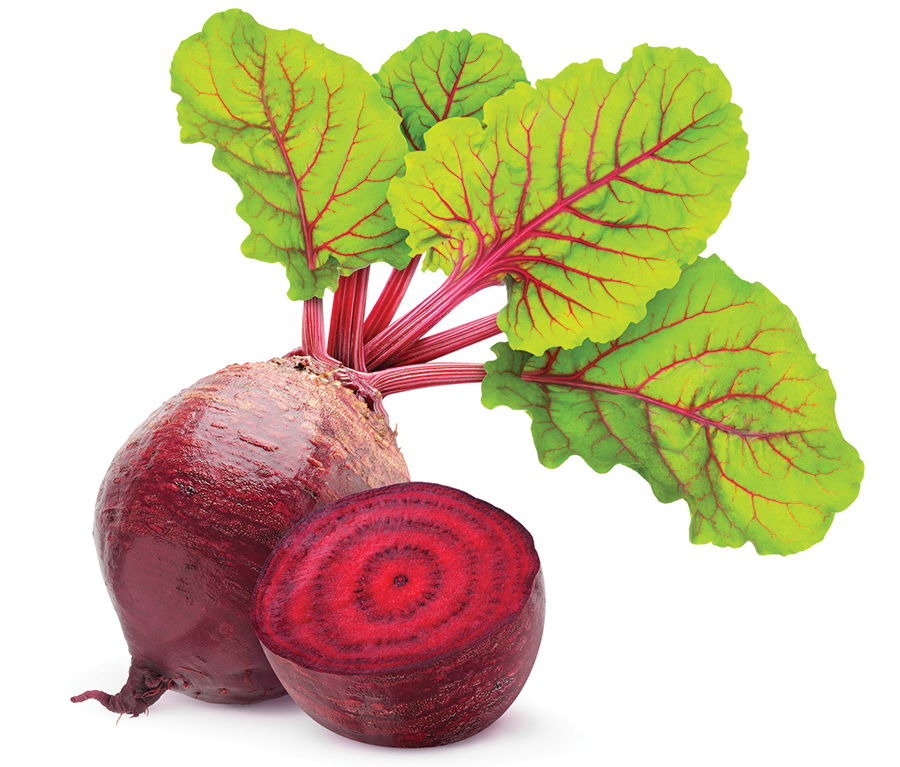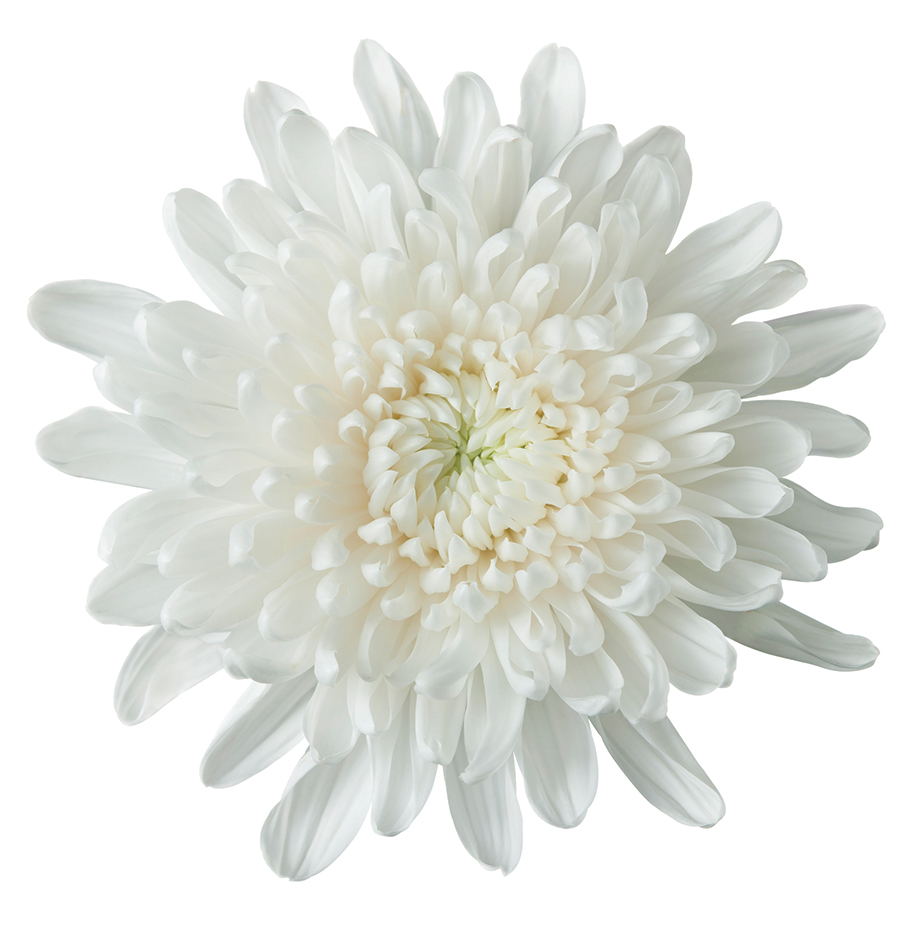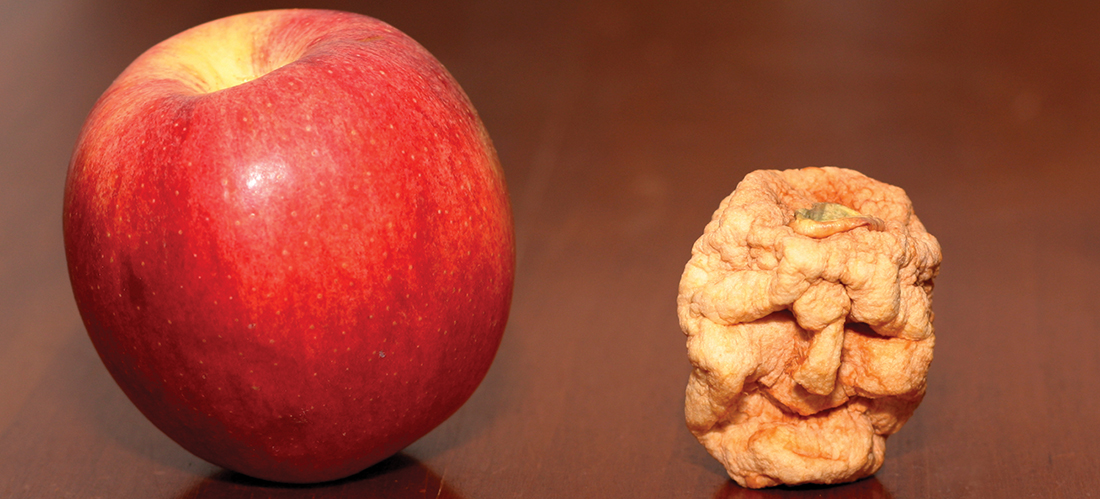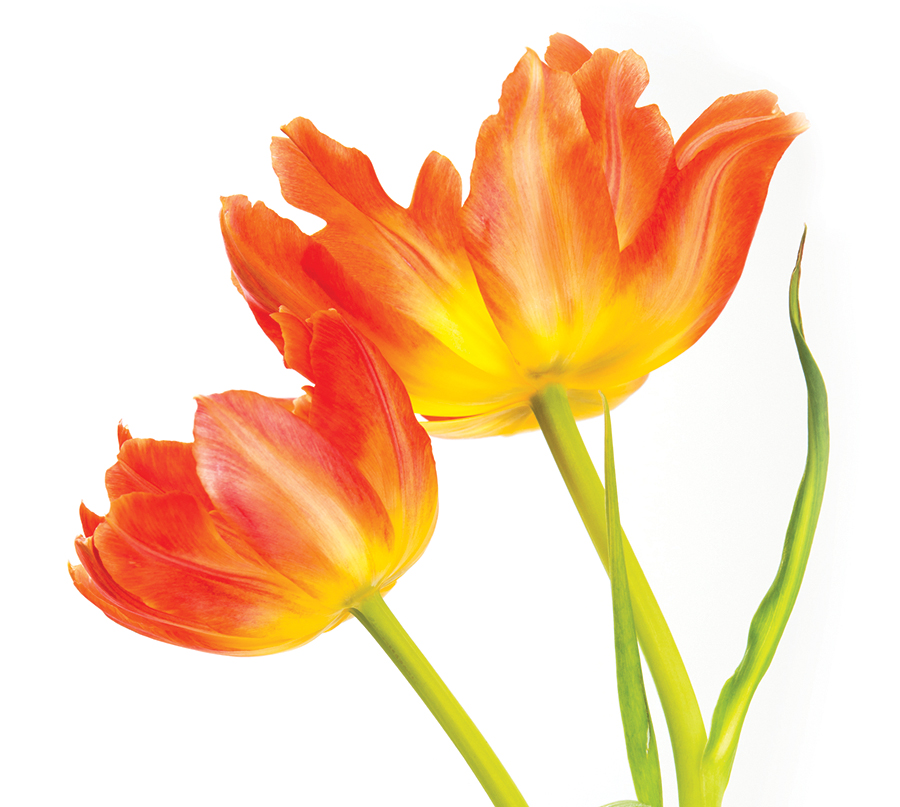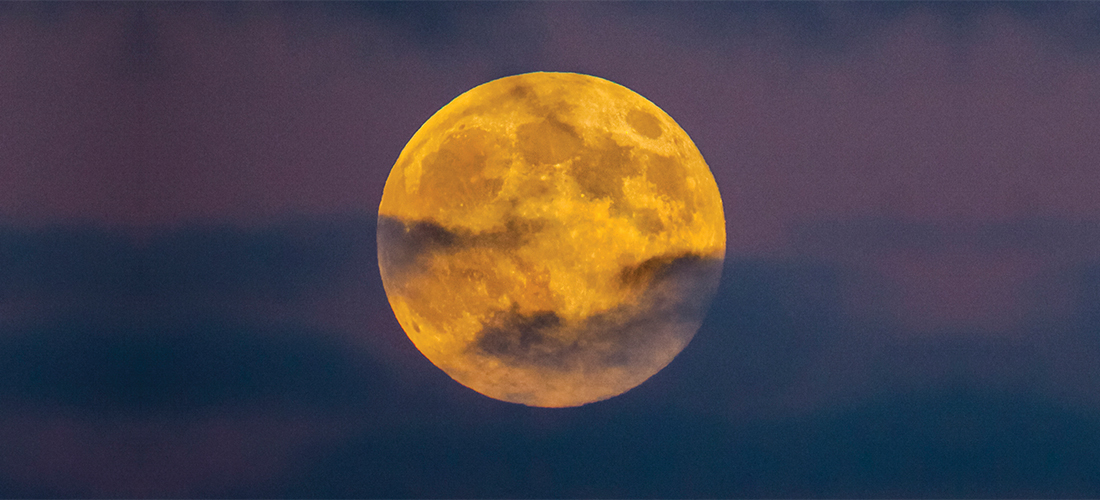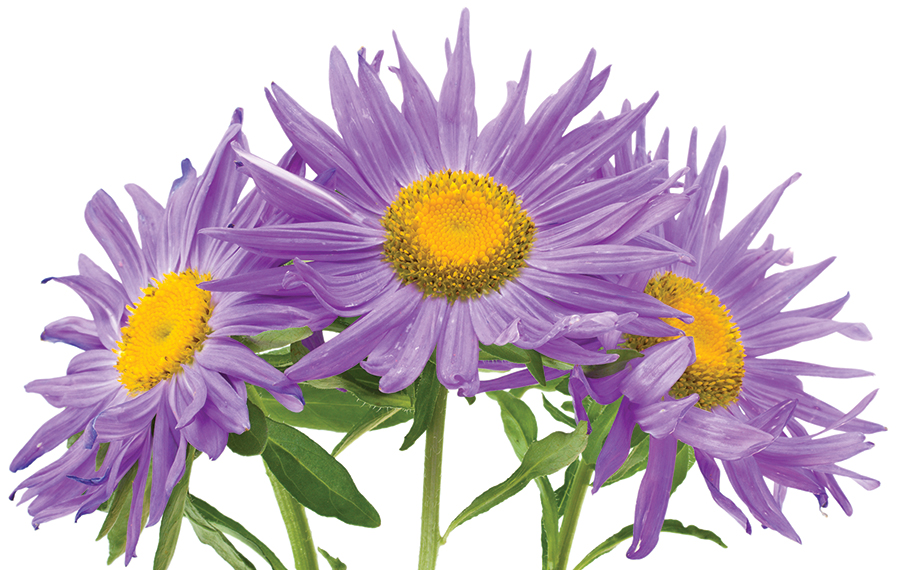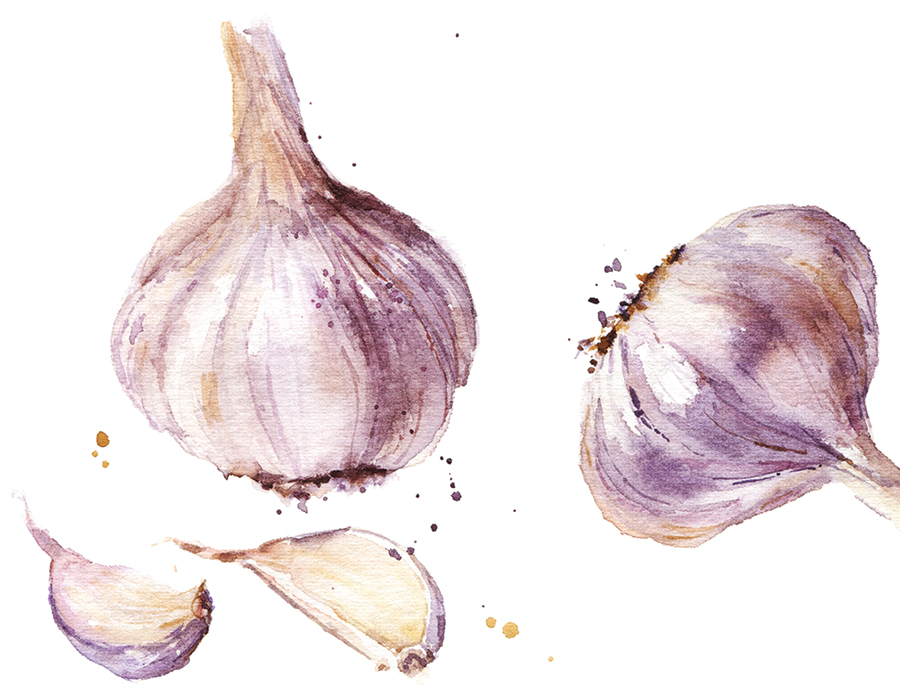Begin Again
In many cultures, the first day of the year is considered to be a sacred time of spiritual rebirth and good fortune — a time to cleanse the soul and reopen one’s mind to the notion that anything is possible. Draw yourself a lavender salt bath. Light a beeswax candle. Indulge your senses with woodsy and earthy aromas such as cedarwood and sage, noticing how they recharge, calm and nurture you.
Be gentle with yourself on this first day of January. Celebrate exactly where you are — in this moment — and allow yourself to imagine the New Year unfolding perfectly. Look out the window, where the piebald gypsy cat drinks slowly from the pedestal birdbath. Notice the bare lawn, the naked branches stark against the bright, clear sky. Experience the beauty of this barren season, of being open and willing to receive infinite blessings. There’s nothing to do but breathe and trust life.
Breathe and trust life . . .
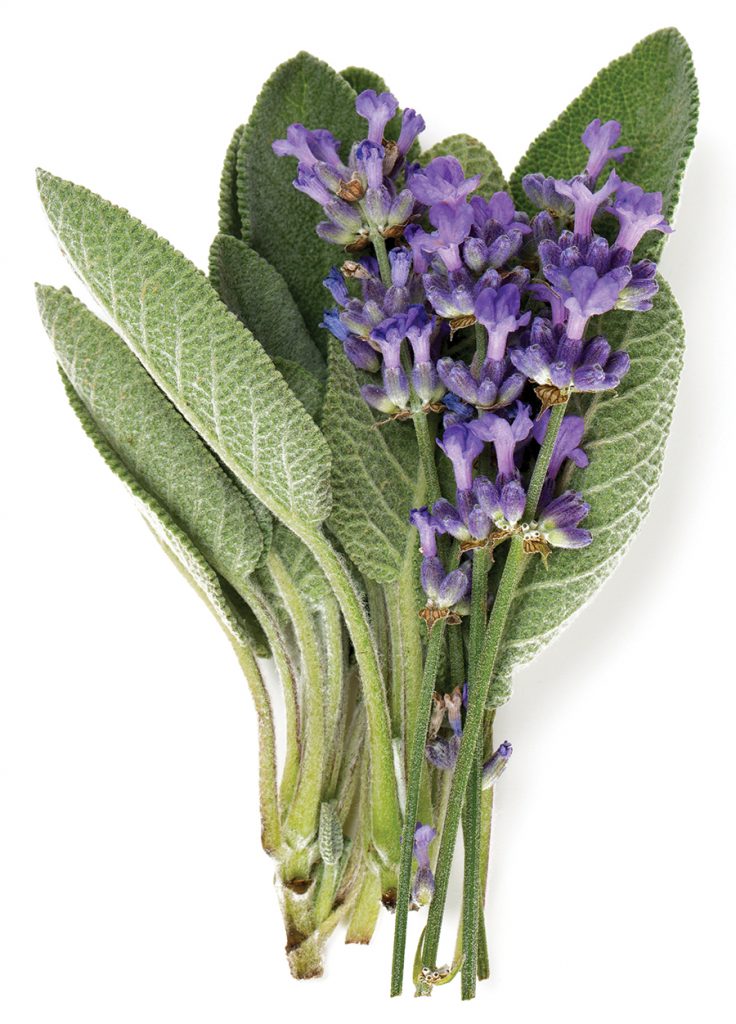
Slice the Ginger
The Quadrantids meteor shower will peak on the night of Wednesday, January 4, until the wee morning hours of Thursday, Jan. 5. Named for Quadrans Muralis, a defunct constellation once found between the constellations of Boötes and Draco, near the tail of Ursa Major, the Quadrantids is one of the strongest meteor showers of the year. Thankfully, a first quarter moon will make for good viewing conditions.
Speaking of Twelfth Night (January 5), the eve of Epiphany marks the end of the Christmas season and commemorates the arrival of the Magi, who honored the Infant Jesus with gifts of gold, frankincense and myrrh. Indeed it is a night of merrymaking and reverie. That said, if you’re seeking a hangover cure come Epiphany (January 6), ginger tea is an excellent and delicious home remedy.
Here’s what you’ll need:
4–6 thin slices raw ginger (more if you like a tea that bites)
1 1/2 ½–2 cups water
Juice from 1/2 lime, or to taste
1–2 tablespoons honey or agave nectar (optional)
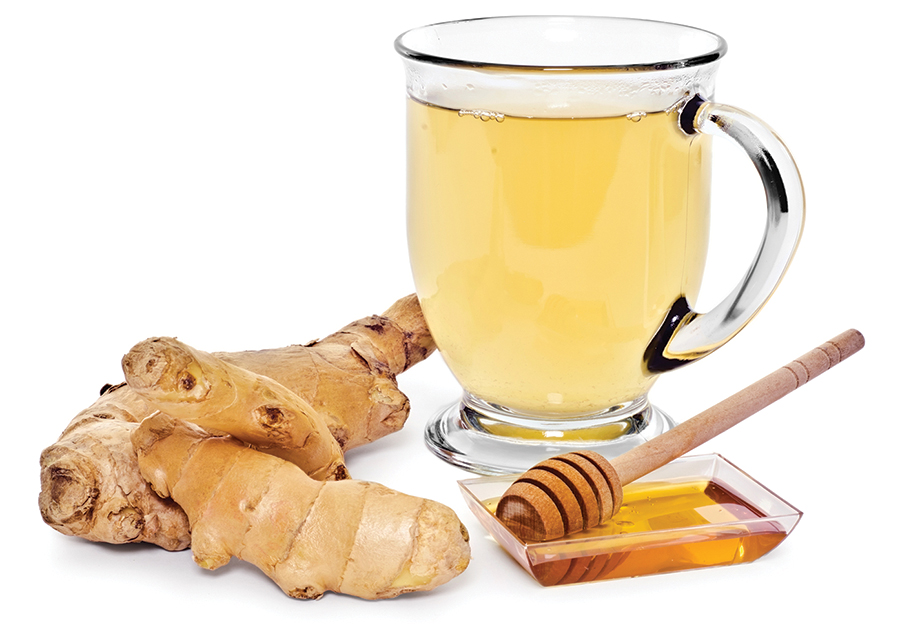
And here’s what you’ll need to do:
Boil ginger in water for no less than 10 minutes. You really can’t over do it, so load up on ginger and simmer to your heart’s content.
Remove from heat; add lime juice and honey or nectar.
Sip slowly and allow your world to recalibrate.
Mercury shifts from retrograde to direct on Sunday, January 8. It’s time to take action. Plant the tree. Tackle your garden to-do list. And since Saturday, January 28, marks the celebration of the Chinese New Year of the Fire Rooster, a little advice from the bird: Be bold; live loud; don’t hold back. PS


